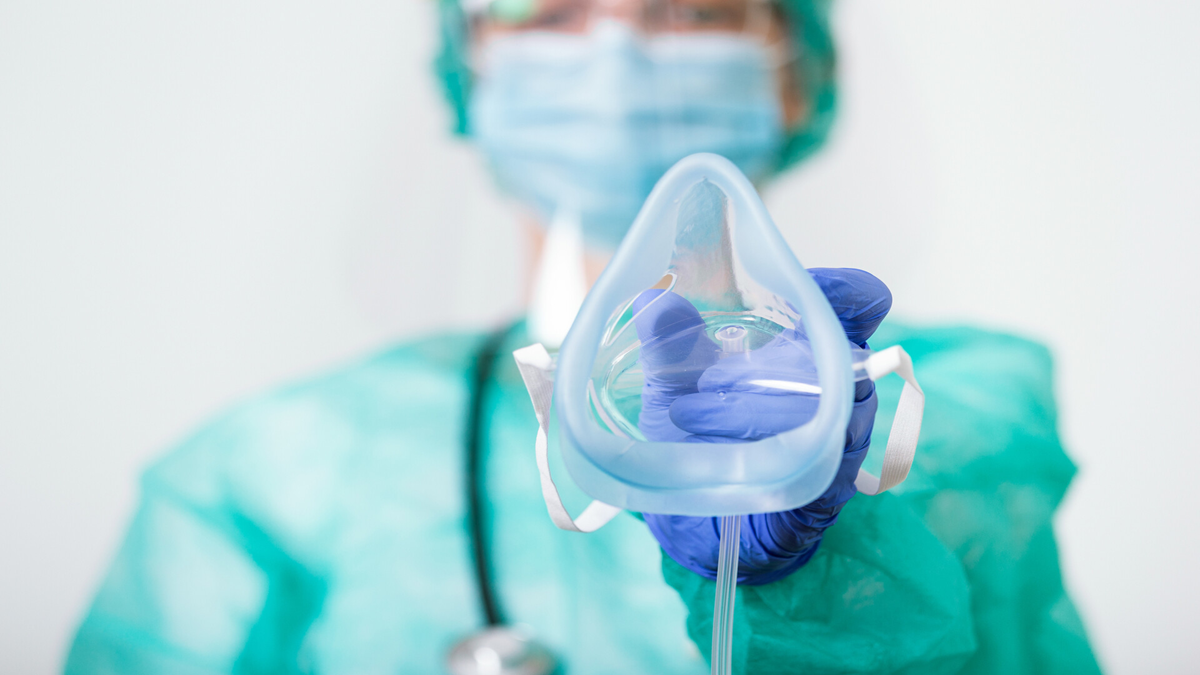The evolution of healthcare is a continuous response to the needs of the times. Breathing masks, a medical consumable we once paid little attention to, are a concrete example of this transformative wave. They are shifting from being a cold, professional tool to a gentle companion infused with intelligence and human-centered care.
In Retrospect: Tranquility Before the Pandemic
Before the outbreak of COVID-19, the term "breathing mask" was largely unfamiliar to most people. These devices were primarily found in professional settings, silently playing a critical role. In hospitals, they were indispensable partners for medical staff during anesthesia or emergency procedures.
In factories, they served as a robust barrier protecting workers from the dangers of dust and toxic gases. Their presence in homes was even rarer, limited mainly to treating specific conditions—for instance, helping Obstructive Sleep Apnea (OSA) patients get a good night's sleep or assisting those with chronic respiratory illnesses in their oxygen therapy.
The Pandemic's Catalyst and Chronic Illness's Driving Force
The COVID-19 pandemic completely transformed the market for breathing masks. They were no longer distant professional devices; they entered homes everywhere, becoming an everyday essential for health protection.
Early in the pandemic, the demand for masks and respiratory protection skyrocketed, causing the global market to grow exponentially. As the pandemic became more manageable, the market returned to a more rational state, and demand growth leveled out. However, this momentum didn't disappear.
In fact, a new growth engine is starting up, primarily driven by the aging global population and the rising prevalence of chronic respiratory diseases. As the number of elderly people increases, so does the number of patients with conditions like Chronic Obstructive Pulmonary Disease (COPD), Obstructive Sleep Apnea (OSA), and asthma. This has turned breathing masks for treatment and daily care into a critical need within the healthcare market.
Additionally, stricter regulations in industrial and occupational safety are boosting demand for industrial-grade masks. In high-risk sectors like construction, mining, and chemicals, companies are required to provide employees with high-performance respiratory protection to ensure their health and safety.
From Passive Protection to Proactive Intelligence
To meet these new and diverse demands, modern breathing masks have moved far beyond simple physical protection, now integrating human-centric design and smart technology. They are no longer just cold plastic but have become "communicative" smart partners. These innovations not only boost performance but, more importantly, significantly improve the user experience.
- Smart and IoT Integration:By incorporating sensors and Internet of Things (IoT) technology, these masks can instantly monitor a user's breathing status, blood oxygen levels, and other physiological data. This information is then sent via Bluetooth or the internet to a smartphone or cloud system, allowing doctors to remotely monitor a patient's condition.
- Material and Design Innovation:To enhance comfort, manufacturers are actively investing in new materials. For example, they're using lighter, skin-friendly silicone or designing more ergonomic, form-fitting structures. This helps solve issues like pressure marks, allergies, and discomfort from long-term wear, which is especially crucial for Obstructive Sleep Apnea (OSA) patients who need to wear masks for extended periods.
- 3D Printing Technology:The application of 3D printing has paved a new path for customized medical devices. Manufacturers can now use a patient's facial scan data to create a perfectly fitting mask. This completely solves the issue of air leaks caused by poorly sized traditional masks, thereby dramatically improving treatment effectiveness.
Customization and Sustainable Development
The breathing mask market is set to evolve in several key directions.
Wider Adoption in Home Care:
As healthcare costs rise and the demand for aging in place increases, breathing masks for home care will become more common. This is especially true for the daily management of chronic illnesses like sleep apnea and asthma.
More Precise Personalized Treatment:
By combining AI and big data analytics, future breathing masks will not only monitor data but also predict potential respiratory crises in patients. They will provide early warnings or automatically adjust parameters, enabling truly preventive medicine.
Sustainability and Environmental Protection:
With rising environmental awareness, the issue of waste from single-use medical consumables is gaining attention. The market will see more breathing masks that are reusable, easy to clean and disinfect, and made from eco-friendly materials to reduce their environmental impact.
Conclusion
The breathing mask market is continuing its evolution toward a more human-centric approach. Masks will become more widely used in homes, serving as a reliable tool for managing chronic illnesses. By integrating AI and big data analytics, they will enable more precise preventive medicine, transforming health management from a passive to a proactive process.
At the same time, driven by environmental awareness, the industry will invest more resources into developing reusable, sustainable, and eco-friendly materials to help protect the planet.
This transformation of the breathing mask is more than just a product upgrade; it reflects a profound evolution in the healthcare industry itself—moving beyond simply treating illness to providing comprehensive care.



.jpg)








.jpg)
.jpg)
.jpg)